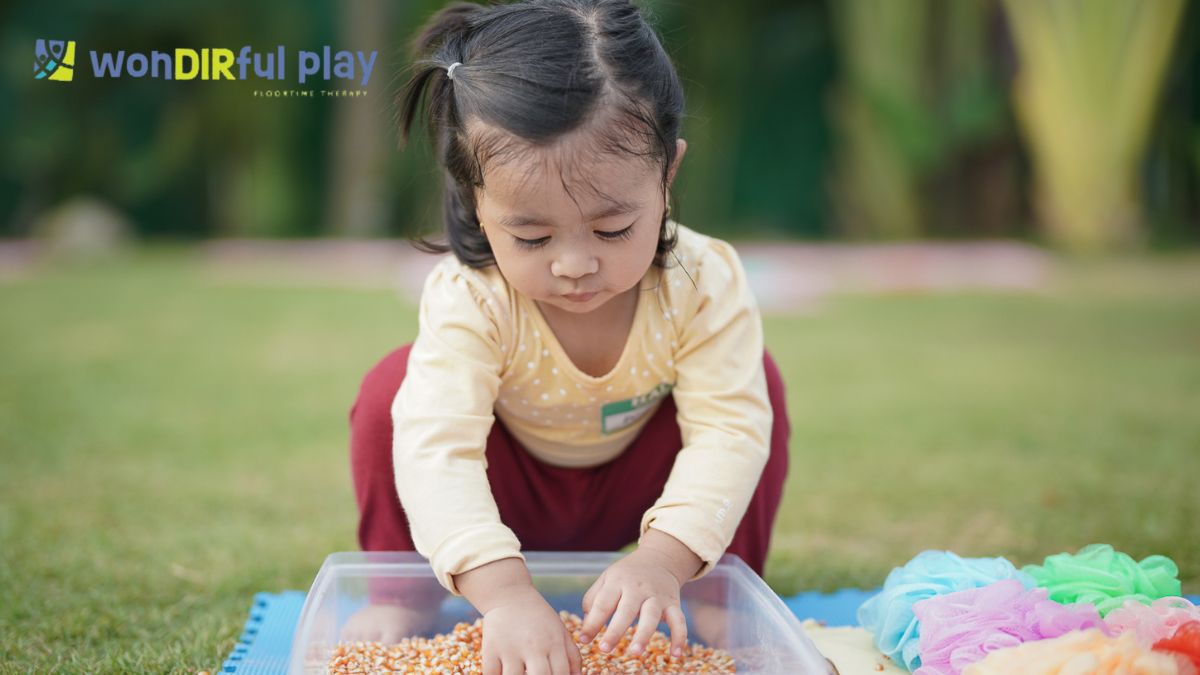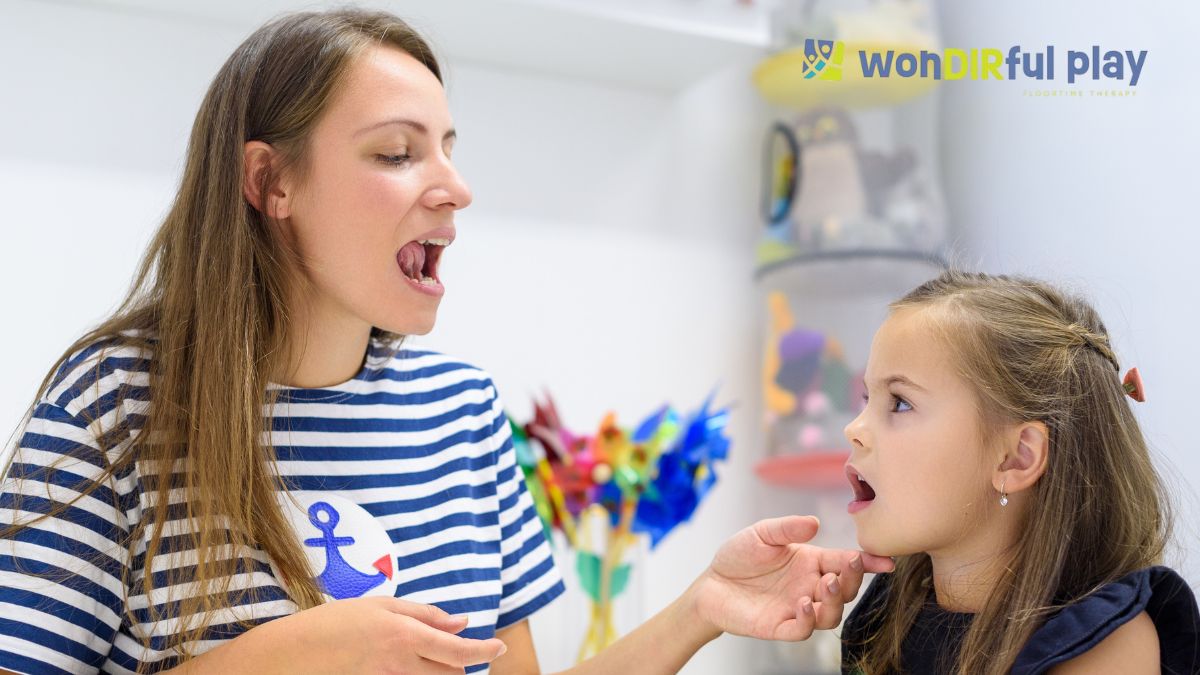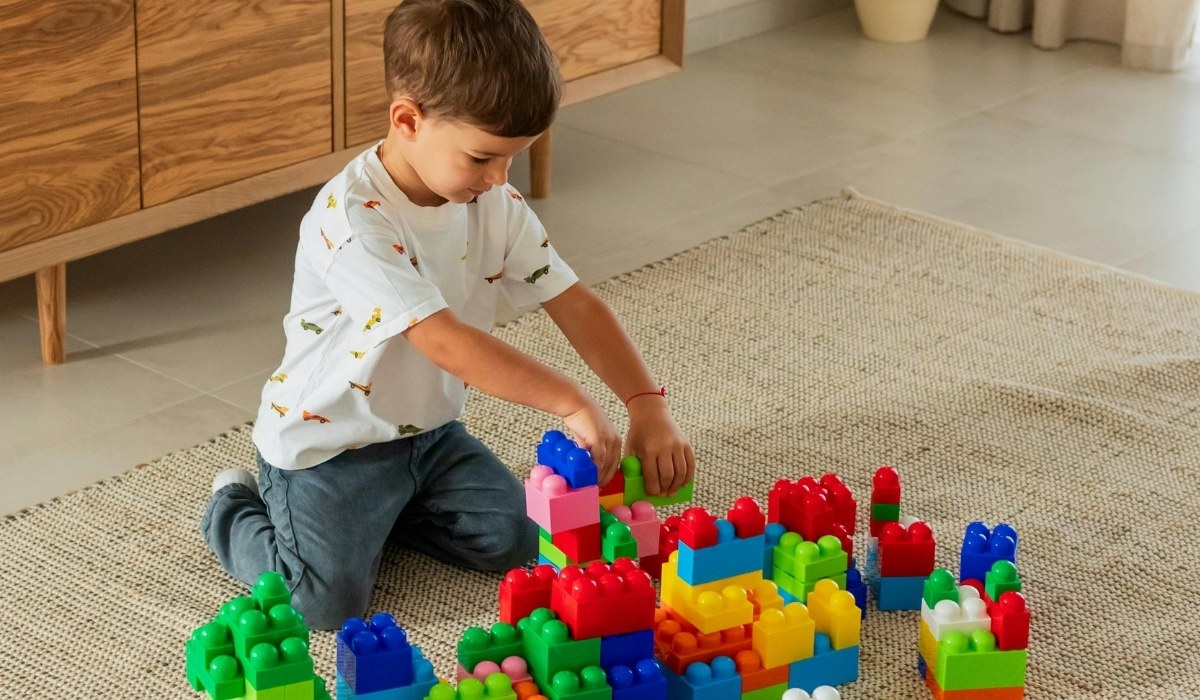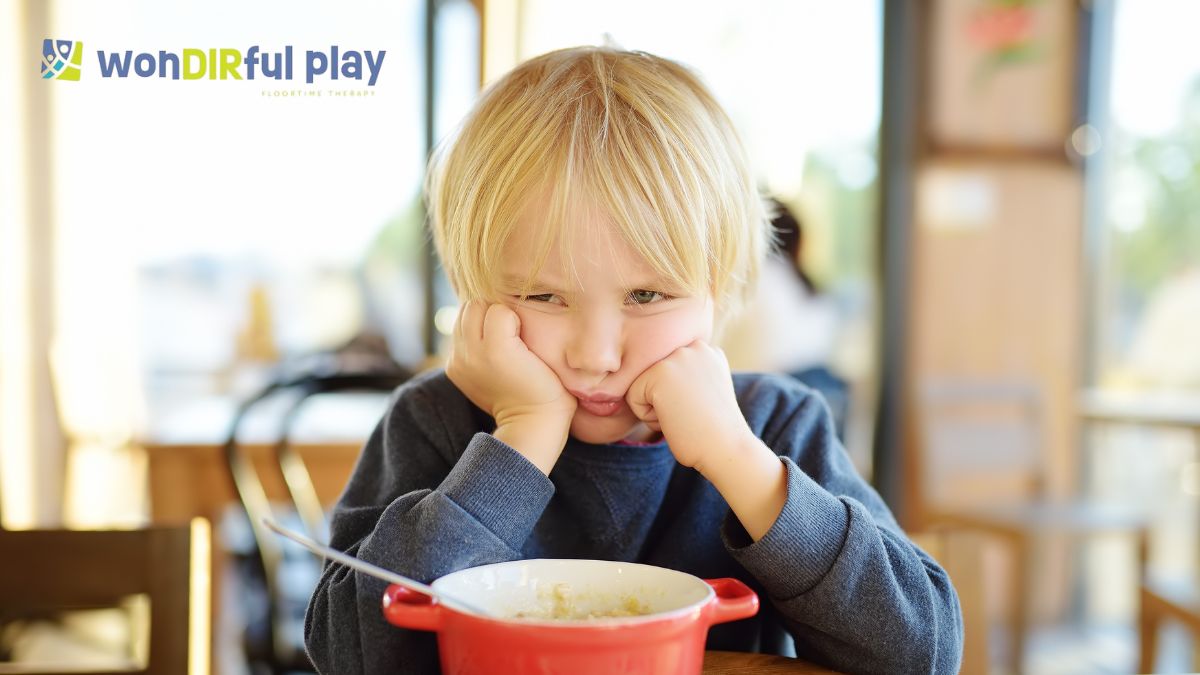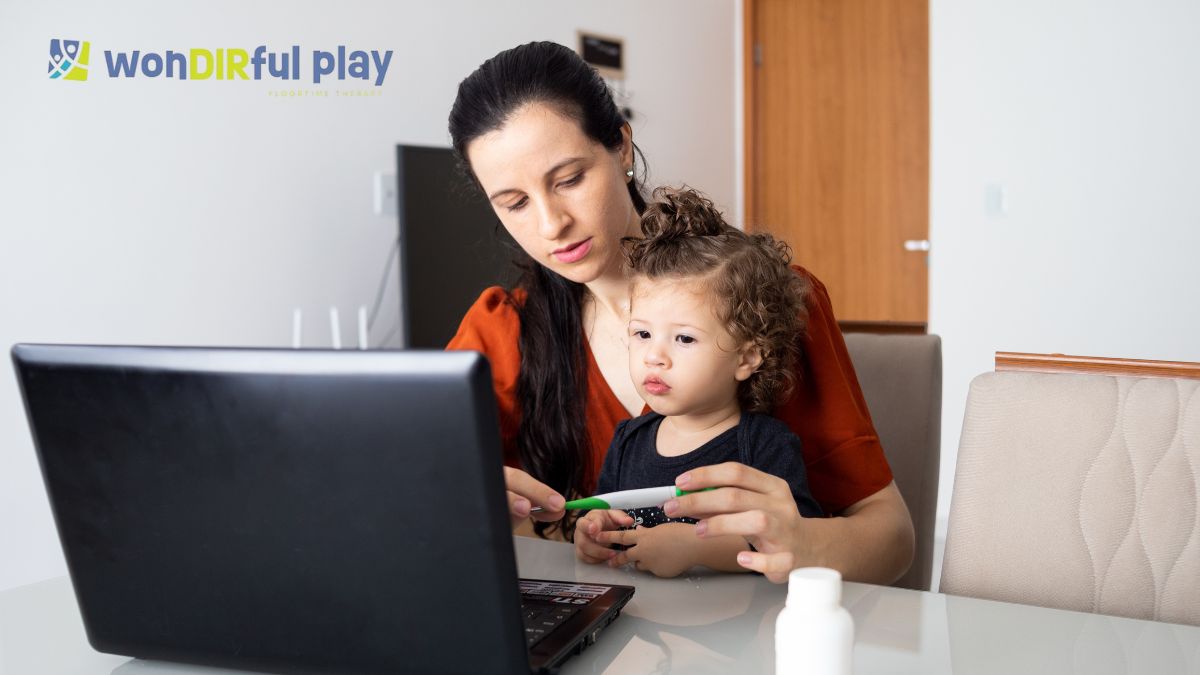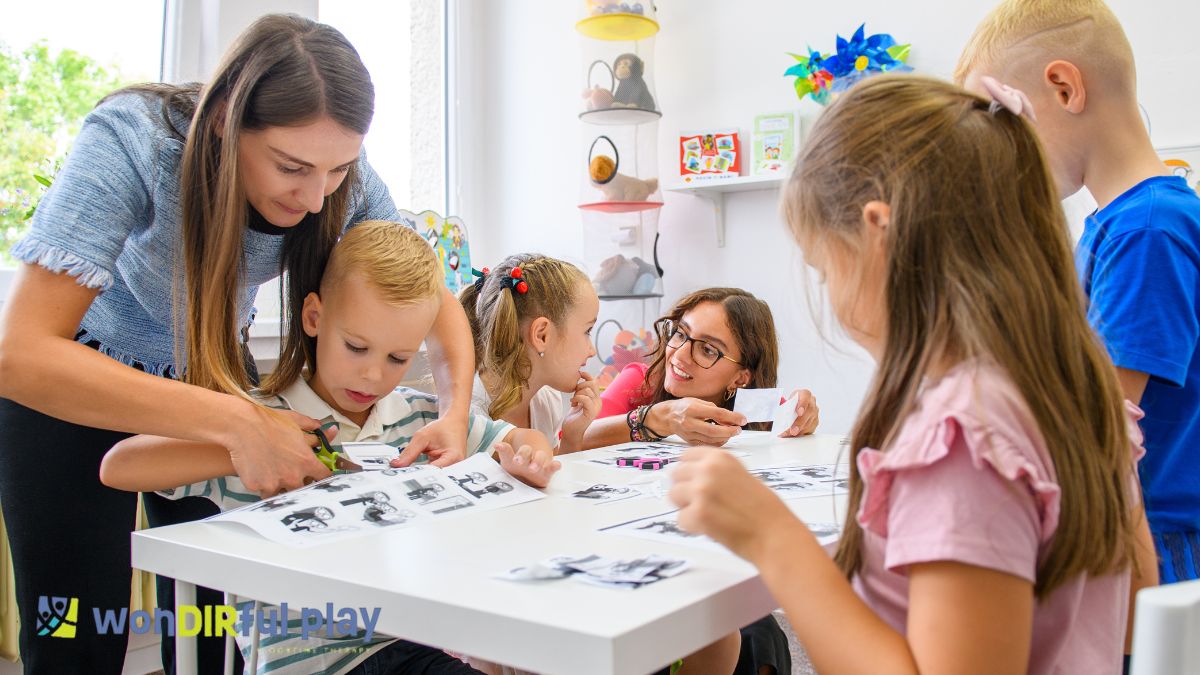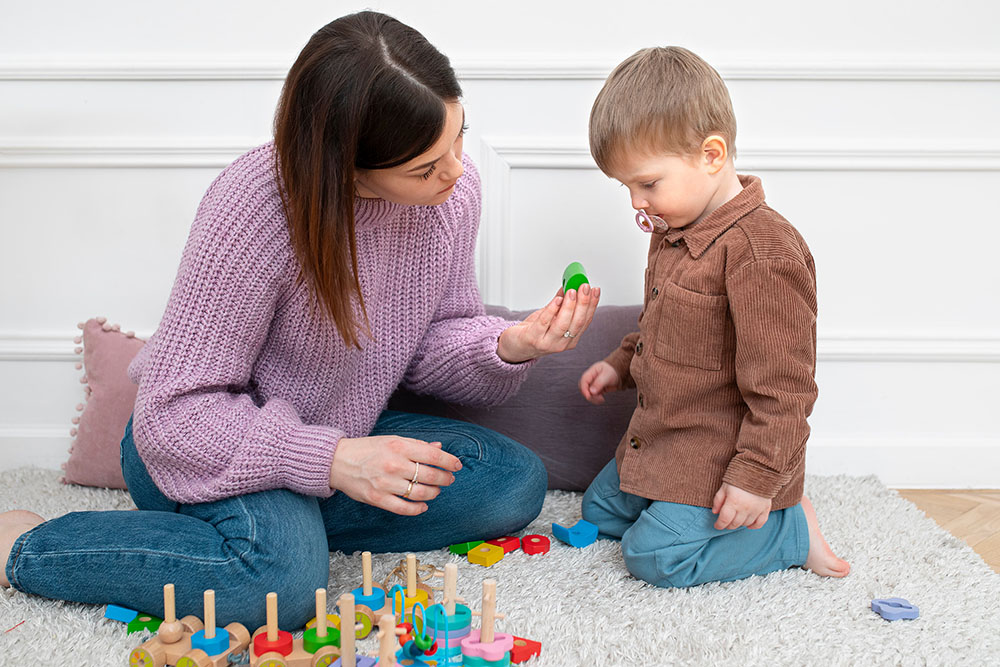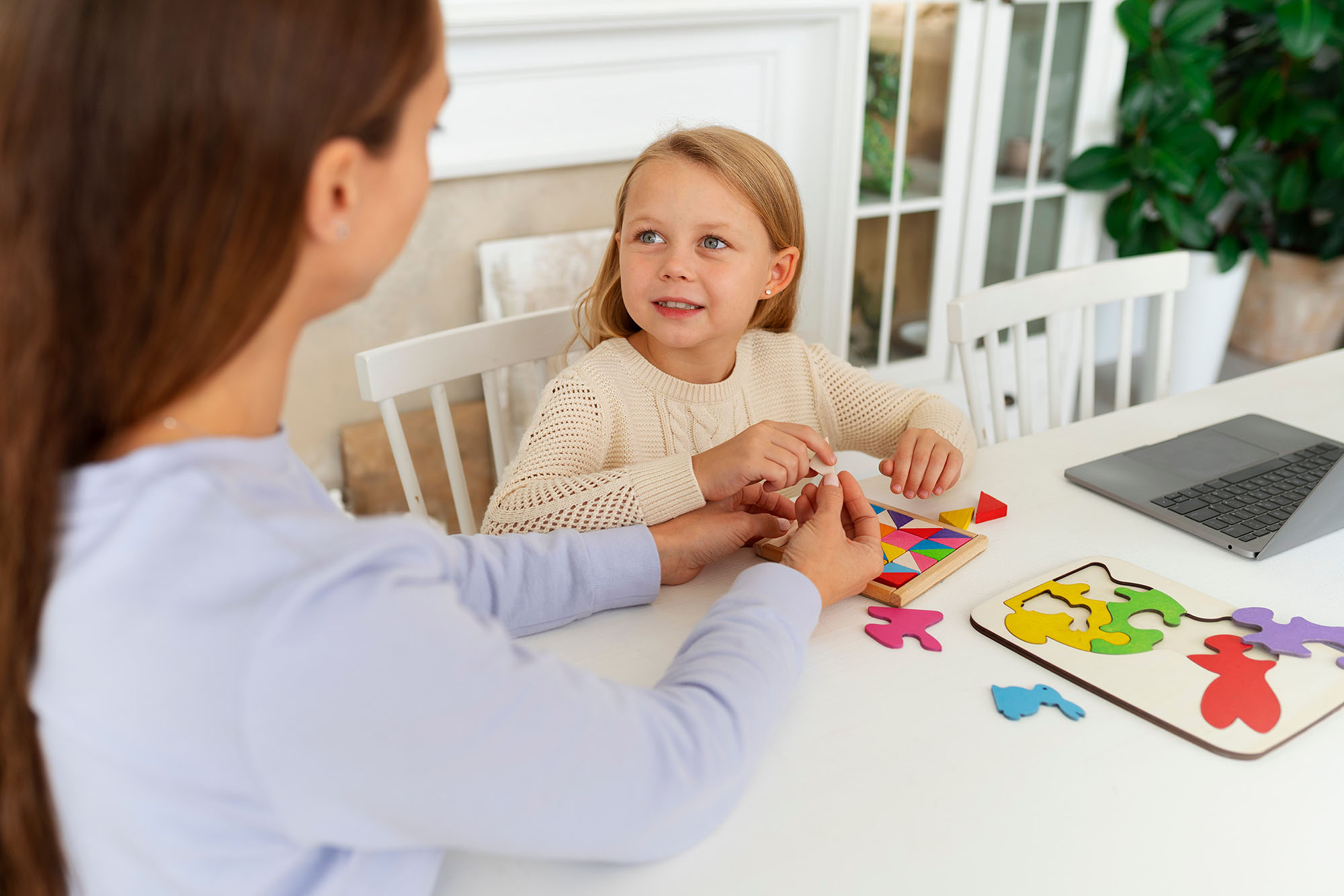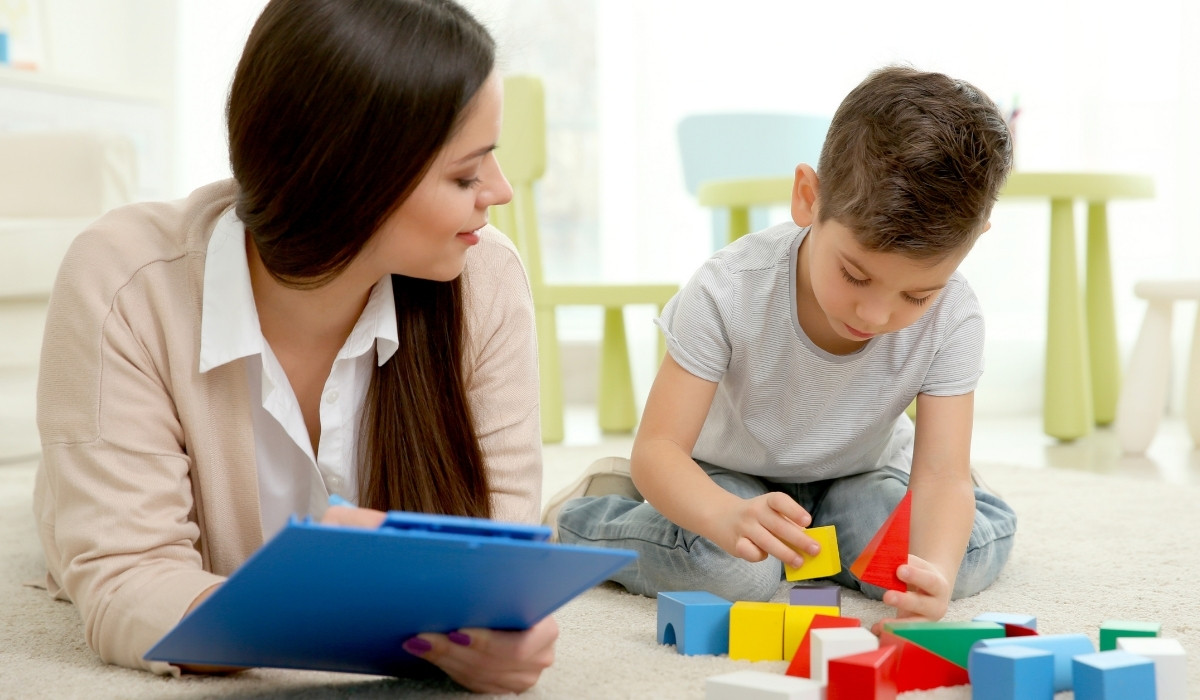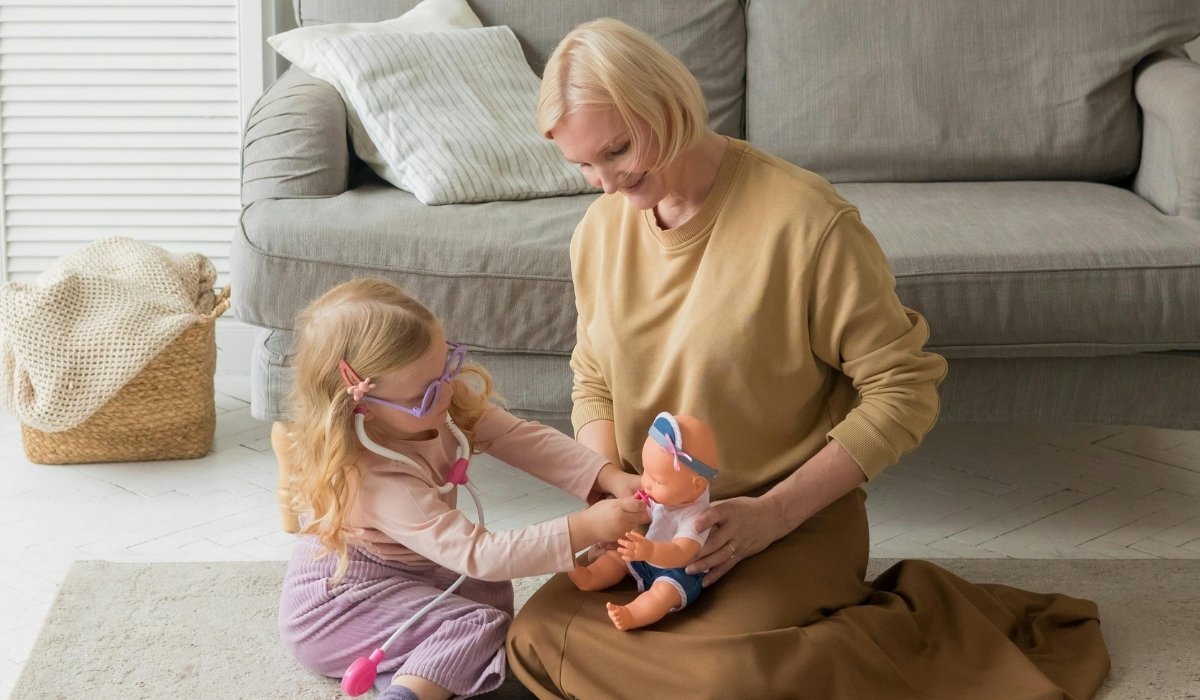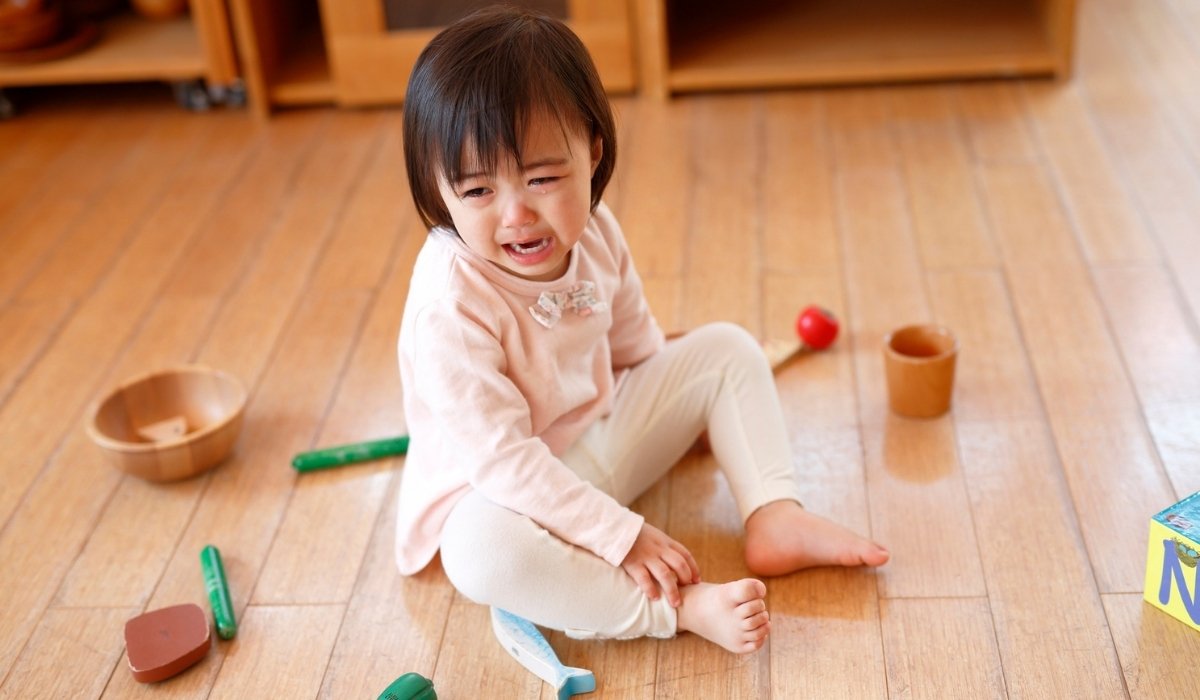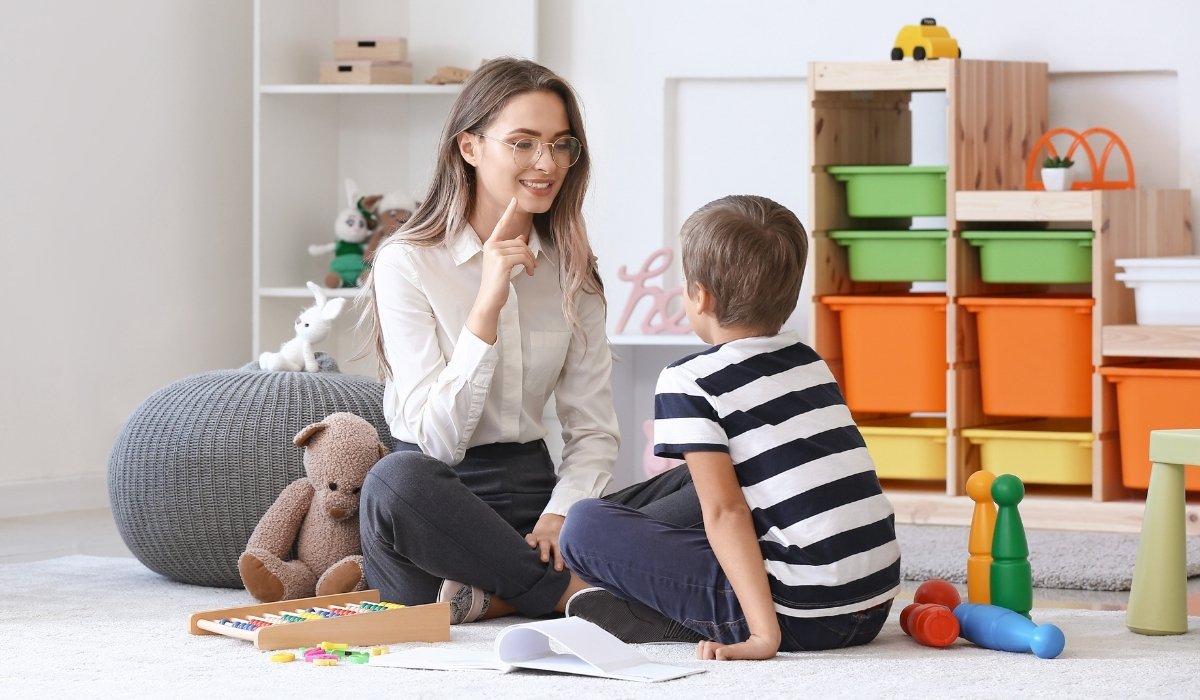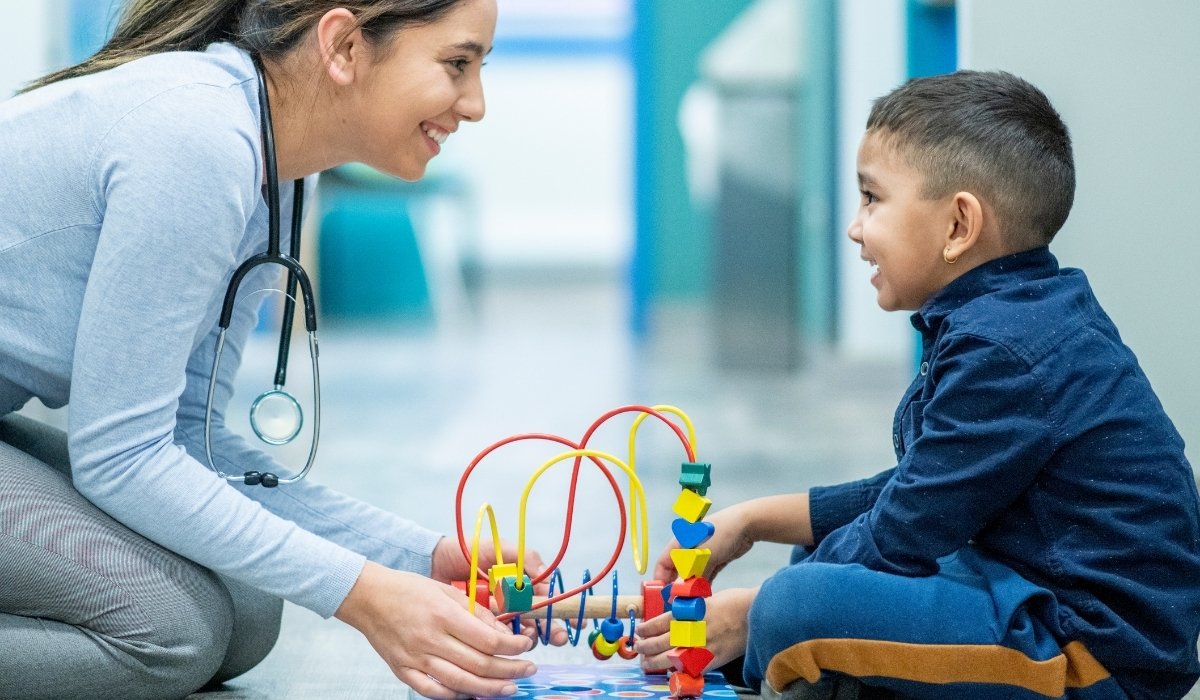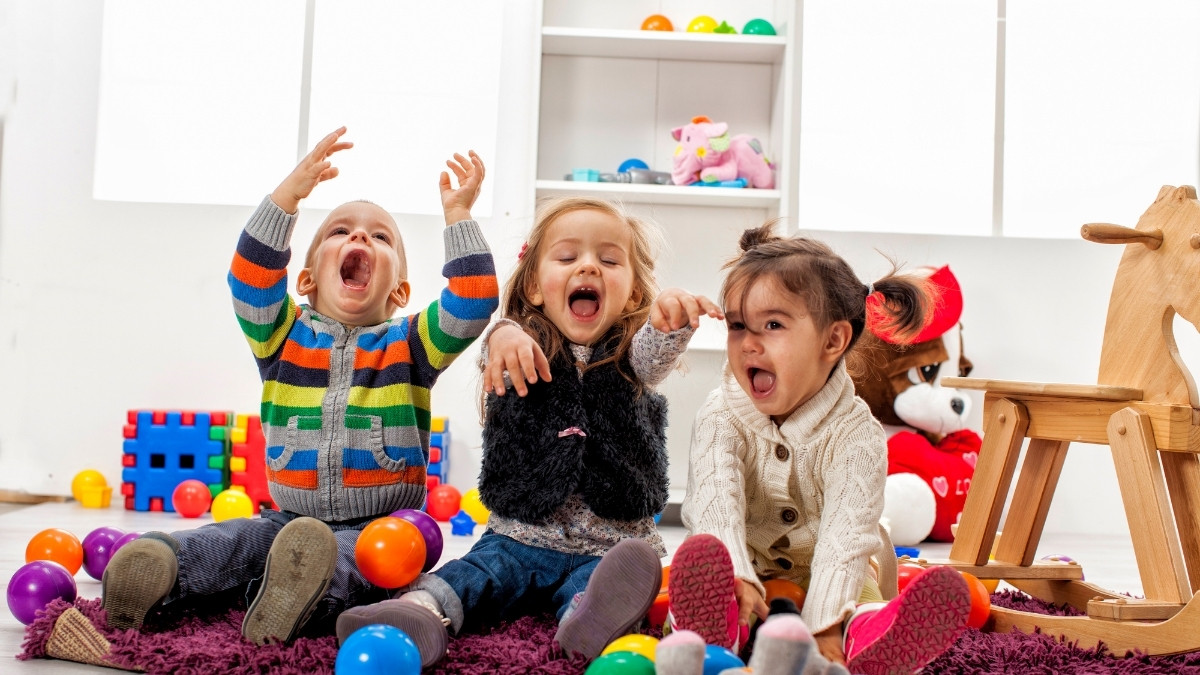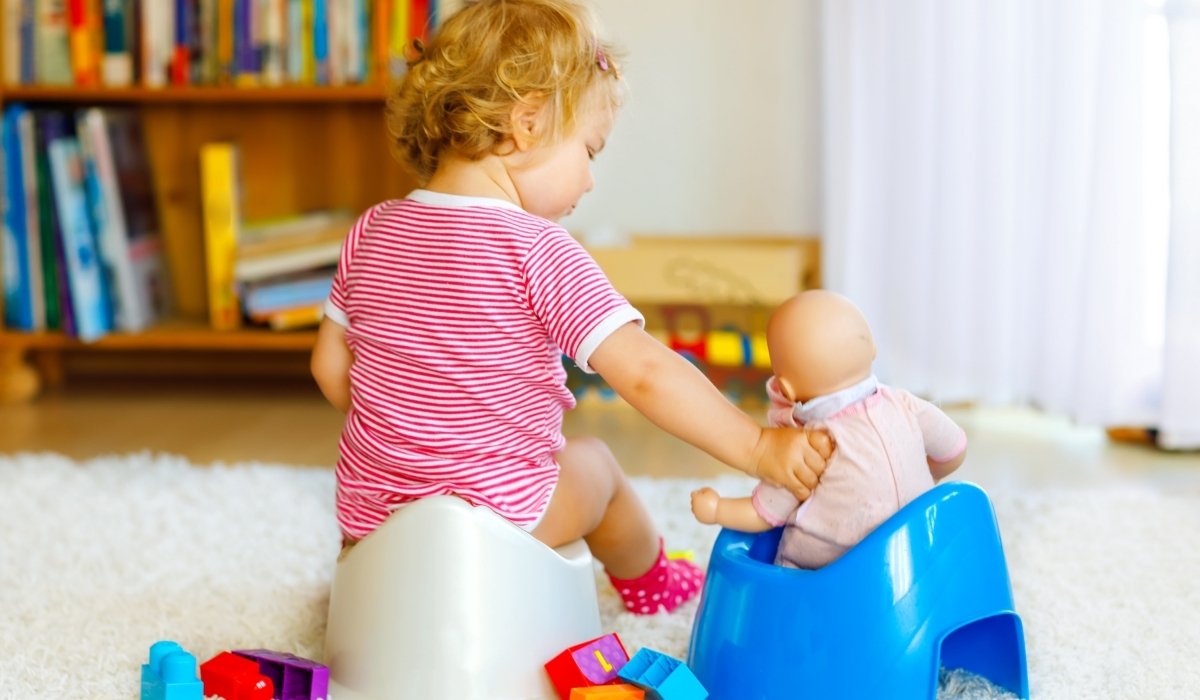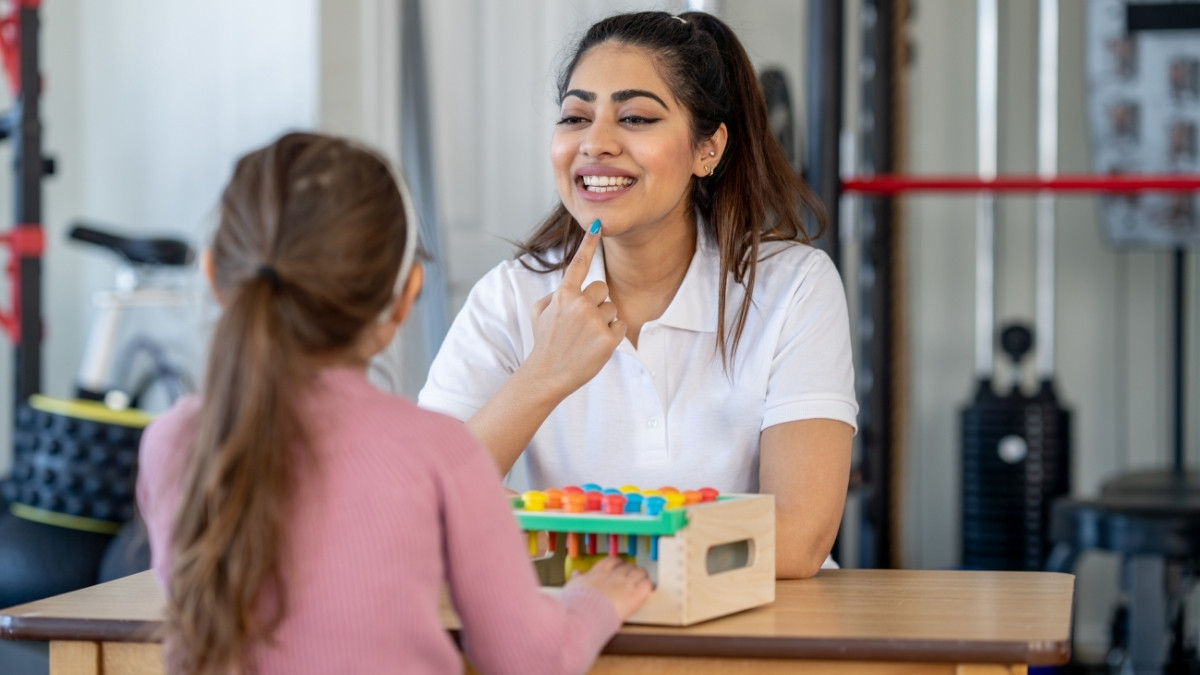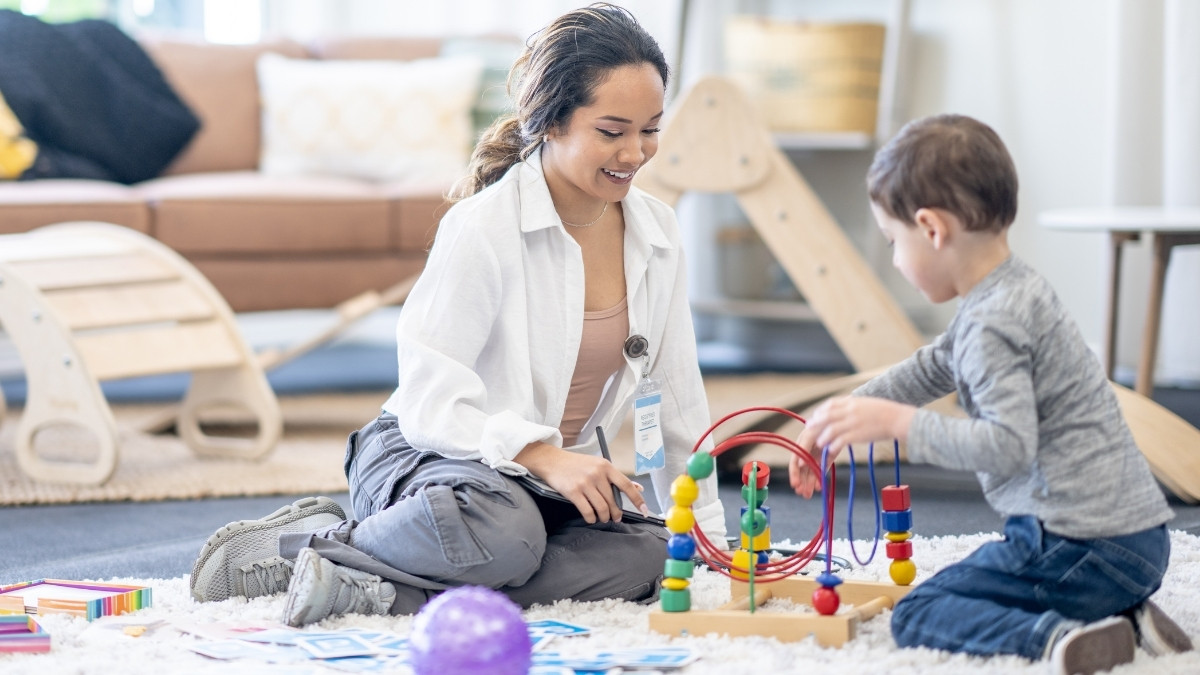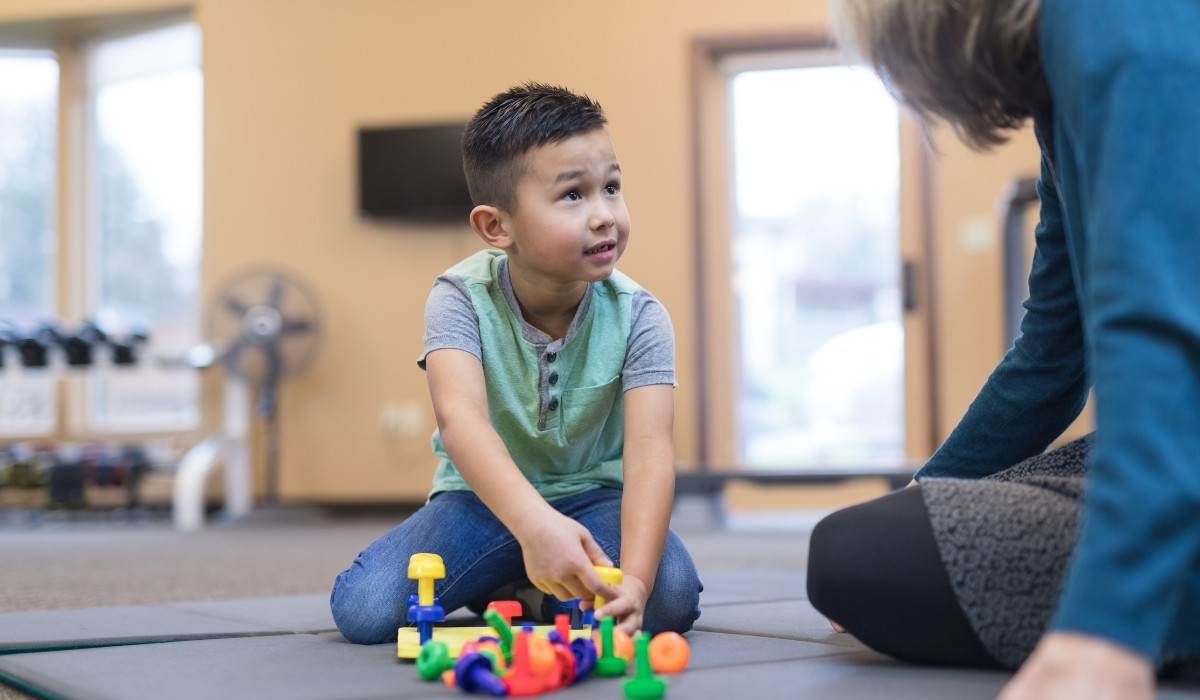How Parents Accidentally Block Communication Growth in Children
October 27, 2025
Discover how well-intended parenting behaviours can inadvertently block children’s communication growth and how the DIR/Floortime can help.
-ink.jpeg)
Key Points:
- Excessive correction, distraction or dominance by a parent can limit a child’s spontaneous communication and self-expression.
- The DIR/Floortime model emphasises child-led play, emotional connection and individual differences, supporting healthy communication growth.
- By shifting from direction to interaction, parents help children build communication skills, emotional regulation and social initiative.
Even the most loving parents can unintentionally create barriers to communication. It often happens when we over-prompt, rush responses, or focus on "getting words" instead of shared meaning. DIR Floortime shifts that mindset, showing that communication begins in emotional connection, not language drills.
By learning how to slow down, match your child's pace, and follow their lead, parents can unlock richer back-and-forth exchanges. The smallest changes, pausing, waiting, responding with curiosity, build a foundation for real understanding. By the end of this post you will understand the dynamics that can hinder communication growth and practical steps you can implement, rooted in research, so your child has the best chance to thrive.
What Communication Growth in Children Really Means
Communication growth is more than language development. It includes:
- Initiating interactions (why a child reaches out, points or speaks)
- Responding to others (turn-taking, shared attention)
- Expressing feelings, ideas or needs
- Using social cues like gesture, eye contact, facial expression
- Self-regulating emotional states so interaction becomes possible
Research emphasises that children’s communication skills grow through responsive, engaging interactions with adults. For example, a longitudinal study found that children’s language development was strongly linked to the characteristics of parental “child-directed communication” in free play.
Another meta-analysis highlighted that parent-training which enhances communication strategies is associated with better child language outcomes.
Thus, the foundation for healthy communication lies in how parents engage, non-verbally, emotionally and verbally, with their children.
How Parents Can Accidentally Block Communication Growth
-ink.jpeg)
Even loving, attentive parenting can include patterns that unintentionally restrict a child’s communication growth. Here are key ways this happens:
1. Over-directing play or interaction
When parents constantly guide, correct or direct every moment of play or conversation, children may become passive recipients rather than active initiators. One study found children whose parents repeatedly offered instructions or suggestions while the child was already on task showed greater difficulty with self-regulation and executive function.
In effect, the child loses opportunities to initiate or lead communication, reducing the “serve and return” back-and-forth that builds conversational capacity.
2. Distracted or emotionally unavailable interaction
When parents are physically present but mentally distracted (for example by smartphones, other tasks, or internal stress), communication quality suffers. A recent study found that parental distractions (digital or not) were linked to fewer verbal and non-verbal exchanges with children, which in turn affected children’s language abilities.
In short: when the parent fails to return the child’s “serve” (gesture, look, sound), the interaction loop weakens.
3. Correction vs. expansion, rather than following the child’s lead
Many parents intuitively correct speech, prompt responses, or steer children toward the “right” answer. While correction has a place, if done too early or too often it can shut down initiative. Children may stop trying for fear of being judged or simply lose interest in spontaneous expression. Research that emphasises high-quality play interactions shows that responsiveness, rather than correction, is a stronger predictor of language growth. In other words, blocking happens when parents lead the communication rather than respond to the child.
4. Giving too little space for errors, experimentation and non-verbal communication
-ink.jpeg)
Children’s communication often starts non-verbally (gestures, eye contact, play-moves). If a parent immediately substitutes words or pushes for speech, the child misses out on building a natural trajectory of expression. The developmental model behind DIR emphasises motor, sensory, emotional and social capacities together.
By failing to provide space for experimentation and mistakes, we may stall communication growth.
5. Mismatched expectations and modelling stress
When parents project strong expectations about what the child “should say” or do, children may feel pressure and reduce spontaneous attempts. Communication thrives when children feel safe to engage without judgment. A study into parent-child communication found that higher communication quality predicted stronger trust in the relationship and reduced parental education anxiety.
Thus, blocking can happen not just through mechanics of interaction, but through the emotional climate of the parent-child relationship.
How the DIR/Floortime Approach Supports Communication Growth
-ink.jpeg)
The framework known as DIR/Floortime (Developmental, Individual‐Difference, Relationship-based) offers a practical way to remedy many of the blocks described above. Here's how.
Foundations of the Model
- D = Developmental: recognising a child's current level and supporting progression through emotional, social and intellectual capacities.
- I = Individual differences: acknowledging each child’s unique sensory, motor, communication styles and preferences.
- R = Relationship-based: the child-parent (or caregiver) connection is central. Communication grows within relationships, not just through drills.
Why It Works for Communication Growth
- By following the child’s lead, DIR/Floortime gives children space to initiate, an antidote to over-directing.
- It emphasises affective, playful interaction, which supports emotional regulation and social engagement, key prerequisites for communication. Studies showed improved socio-emotional development with floortime interventions.
- Parents/caregivers are guided to become “conversational partners,” not just instructors, encouraging “serve and return” cycles that research shows support language growth.
- It tailors to the child's differences. So rather than forcing a one-size-fits-all communication program, it respects the child's sensorimotor preferences, motivation and style.
- It encourages play and interaction in meaningful contexts rather than isolated training, making communication feel natural, fun and relational.
Evidence of Effectiveness
While most research focuses on children with development differences (for instance, autism spectrum disorder), the principles apply broadly. For example:
- A systematic review found nine studies with varying quality which reported increased socio-emotional development from DIR/Floortime-based programmes.
- A 2023 Iranian quasi-experimental study found meaningful improvements in emotion regulation and social skills for children receiving DIR/Floortime play therapy.
- Research on parent-implemented DIR/Floortime found that parent engagement boosted outcomes.
While more large-scale randomized controlled trials are still needed, the available evidence supports DIR/Floortime as a strong approach for communication growth through relationship and play.
Practical Steps for Parents to Implement DIR/Floortime-Inspired Interaction
-ink.jpeg)
Here are actionable ideas you can start applying immediately:
Step 1: Follow the child’s lead
- Observe what your child is doing: the toy they choose, the movement they repeat, the sound they make.
- Join in on their activity rather than redirecting. Comment, imitate, expand, but let them steer.
- For example: If your child pushes a car back and forth, you might say “You’re rolling the car!” and add, “Now it’s zooming over the bridge!” Let the child choose the next move.
Step 2: Engage emotionally and relationally
- Get down to your child’s level physically, make eye contact, match their energy, share delight.
- Celebrate their actions: smiles, imitations, gestures matter.
- Resist the urge to jump to correction or instruction. Instead respond with interest.
- For example: A child bangs two blocks, you smile and say “Blocks go bang-bang!” then pause to give them a chance to respond.
Step 3: Expand communication without pressure
- When your child gestures, looks, or utters a sound, respond with words: “You want the red ball? Red ball it is!”
- Add one more layer: “Yes, the red ball bounces fast!”
- Keep the language simple, meaningful and in context.
- Avoid overwhelming with abstract questions or insisting on precise responses. Let the child engage.
Step 4: Respect individual differences and pace
- If your child is sensory-sensitive, pick play that fits their comfort zone.
- If they are more verbal, you might expand vocabulary. If less verbal, you may emphasise gesture, look, turn-taking.
- Remember: growth comes from the interaction quality, not speeding through stages.
Step 5: Build daily routines of playful, purposeful interaction
- Use everyday moments: meals, bath time, outdoor play.
- Create short, high-quality interaction windows rather than long pressured sessions.
- Monitor distractions, put aside phones, reduce competing stimuli to give your child undivided interaction time.
Step 6: Reflect and adjust
- Notice when your child initiates interaction and try to follow up.
- Notice when you’re redirecting too much, or becoming overly instructional.
- Ask yourself: Am I allowing the child to lead? Am I following with interest and words?
- Adjust accordingly: reduce prompts, increase wait-time, encourage non-verbal engagement.
FAQ
Can DIR/Floortime help even if my child seems shy or keeps quiet?
Yes. DIR/Floortime is designed to meet the child where they are, whether they are verbal or not. By following the child’s lead, engaging with what they choose, and gradually expanding interactions, even quieter children can be encouraged to initiate and respond. Research shows it improves social-emotional and communication skills.
How much time do I need to spend to see a difference?
There is no one-size-fits answer, but consistent, short, focused, emotionally rich play sessions are more effective than infrequent long ones. Parent-involved studies indicate that more consistent engagement leads to better outcomes.
My child uses screens a lot, does that block communication growth?
Excessive screen use, especially when parents engage less, can reduce the quality of parent-child interaction and therefore may hinder communication growth. A study found parental distraction (digital or not) reduced verbal and non-verbal exchanges with children and impacted language development.
Turn Everyday Moments Into Communication Breakthroughs
DIR Floortime empowers parents to become co-creators of growth. At WonDIRfulPlay, we coach families in New Jersey to tune into cues, build emotional safety, and create joyful interactions that lead to genuine communication.
Through guided sessions and at-home coaching, you'll learn how connection, not correction, fuels development. Reach out today to discover how rethinking small interactions can bring big language and social leaps.
Recent articles




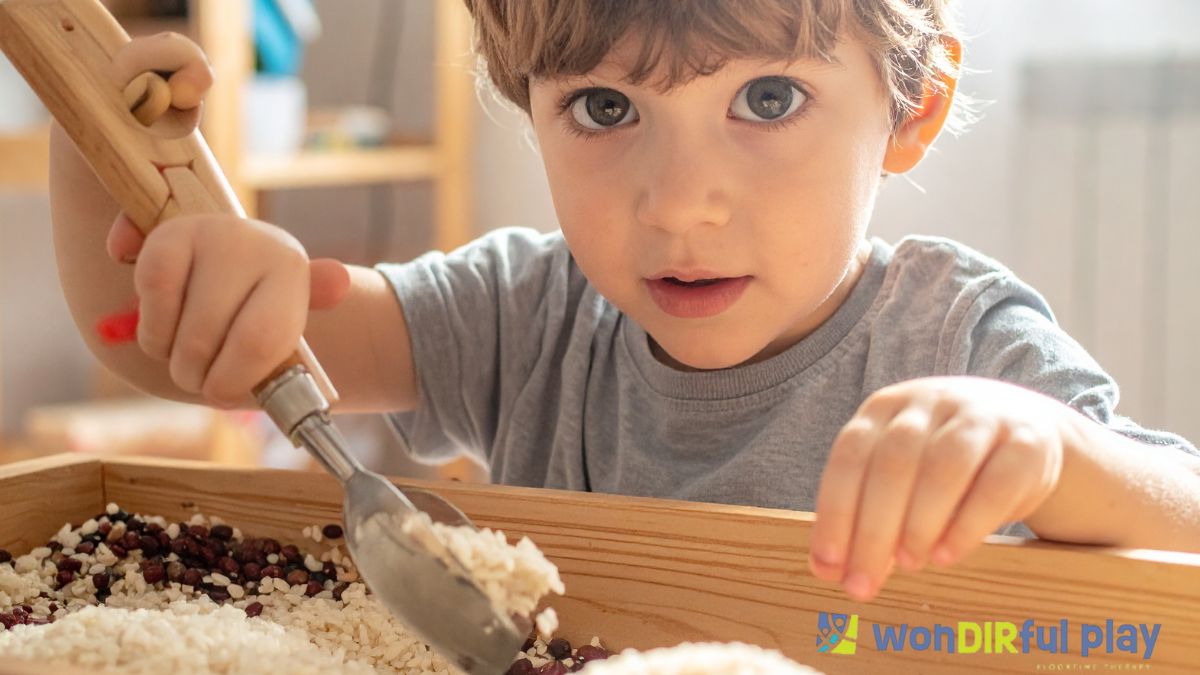
-ink.jpeg)
-ink.jpeg)
-ink.jpeg)
-ink.jpeg)
-ink.jpeg)
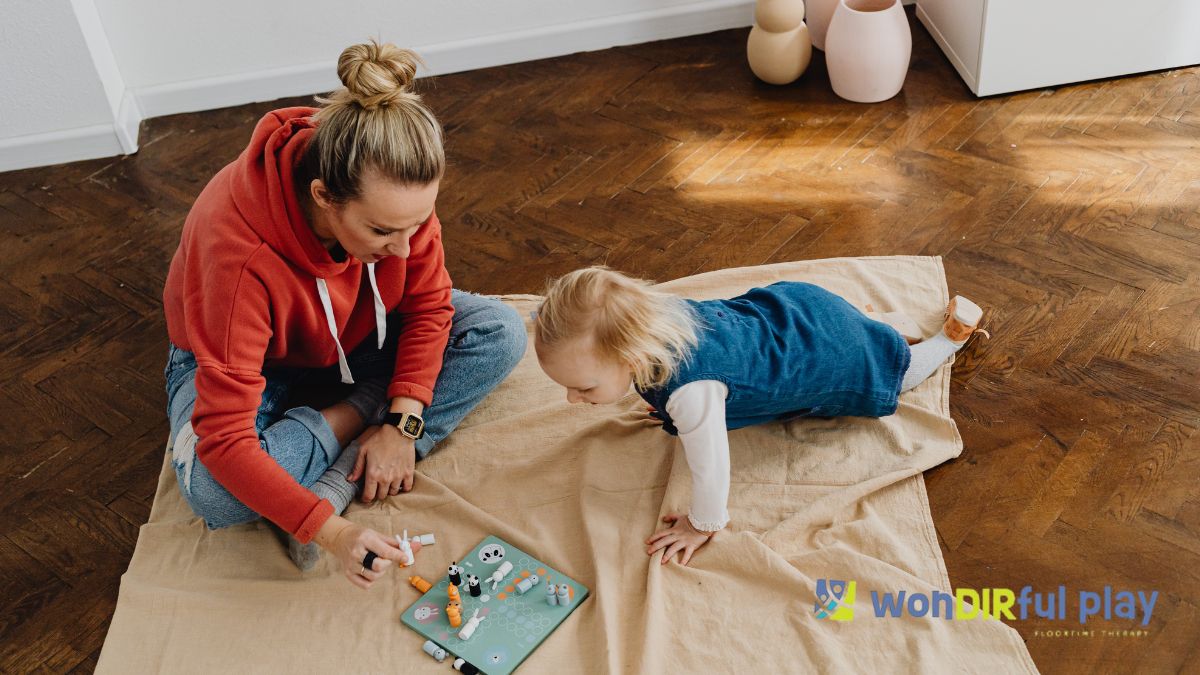
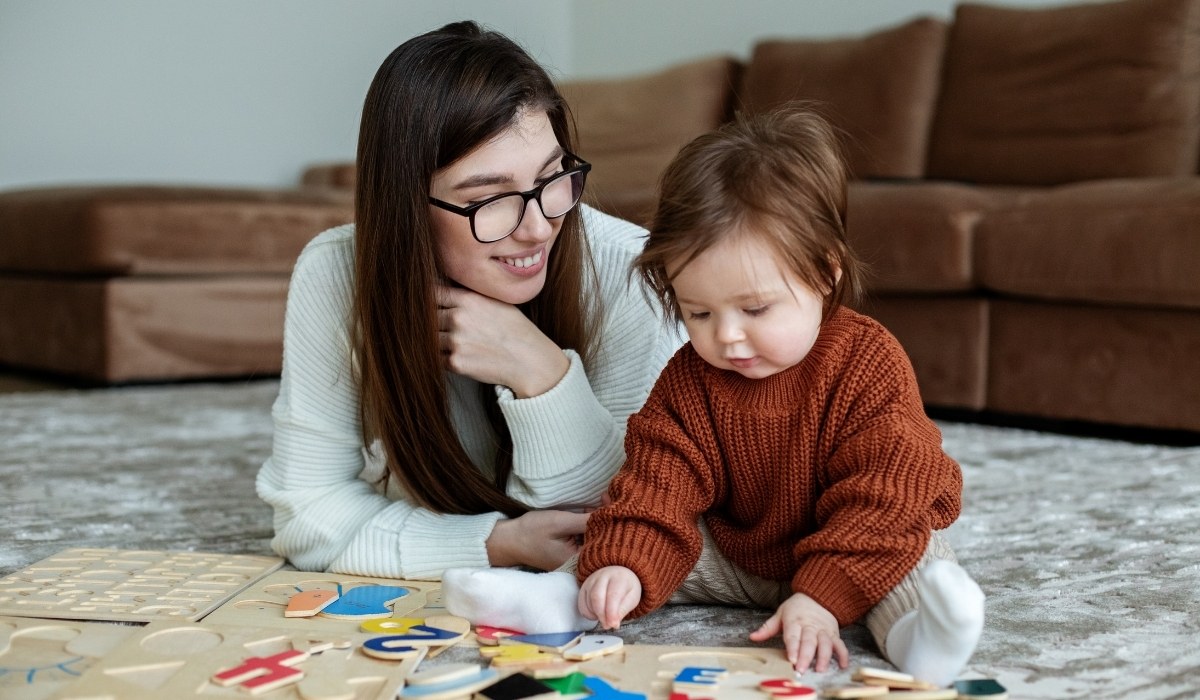
-ink.jpg)
-ink.jpeg)
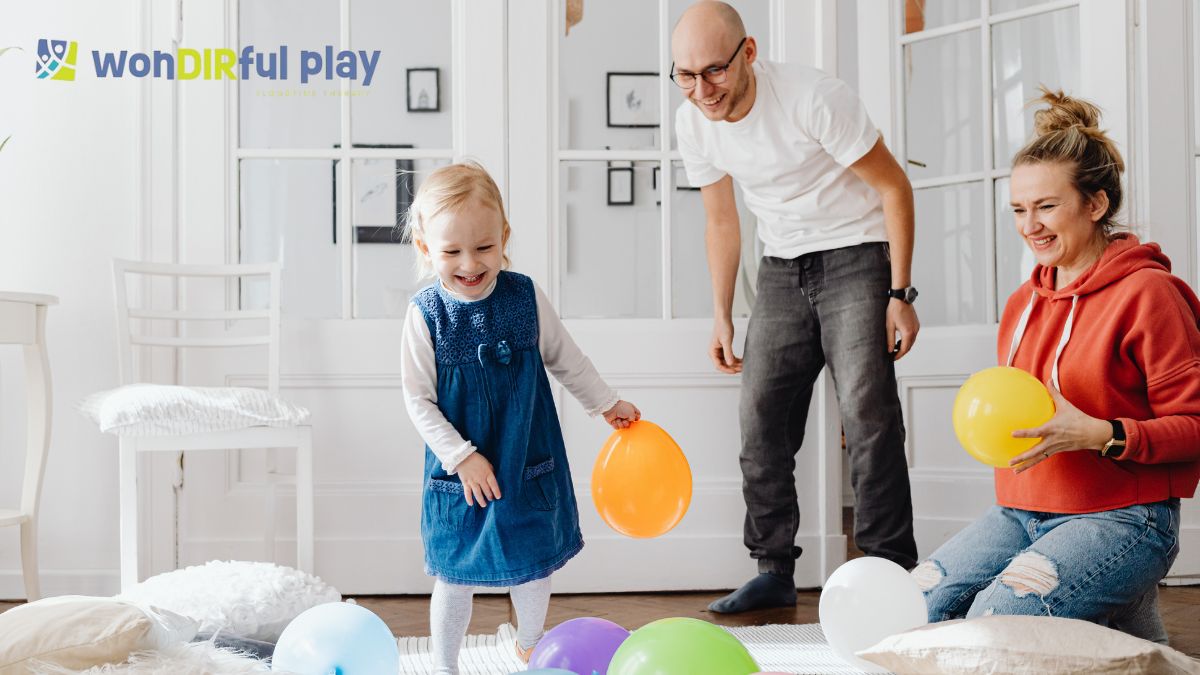
-ink.jpeg)
-ink.jpeg)
